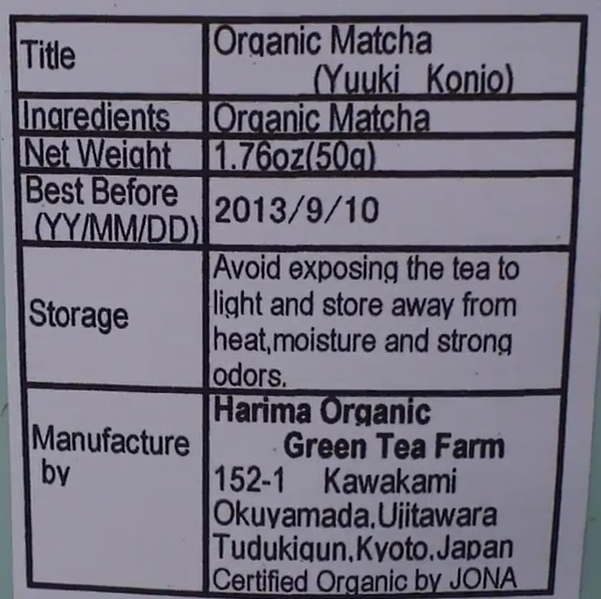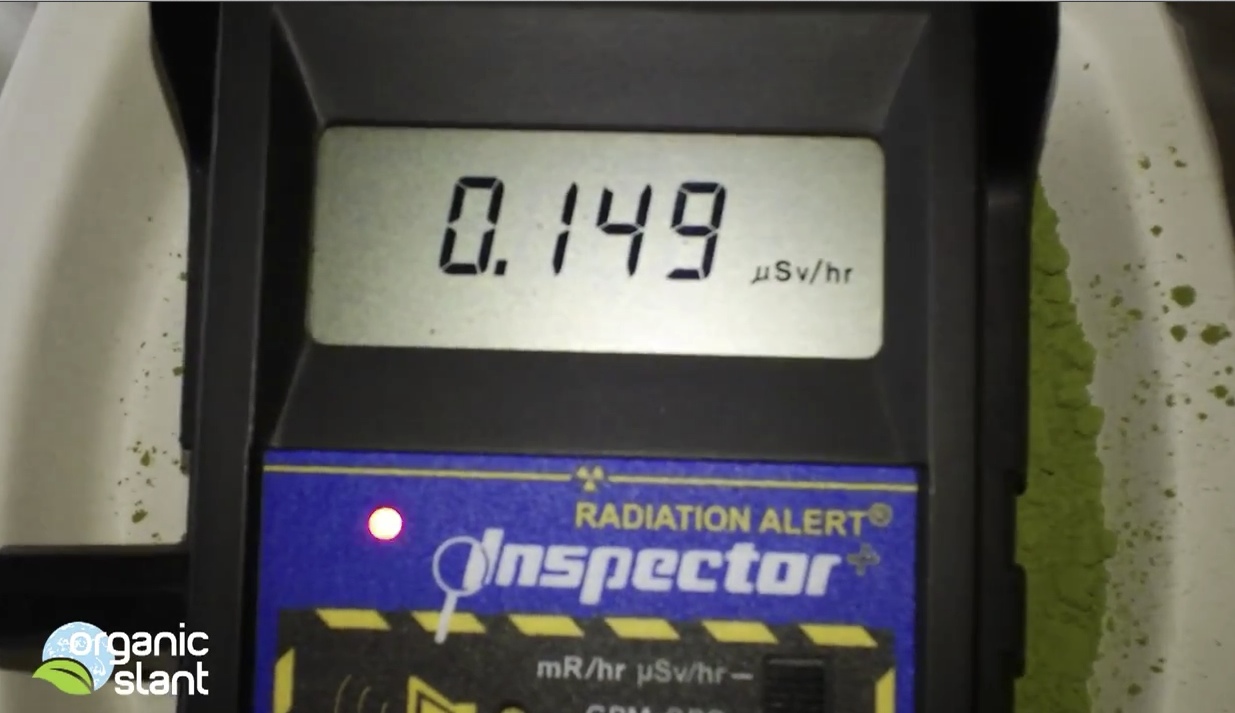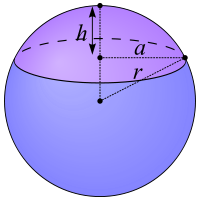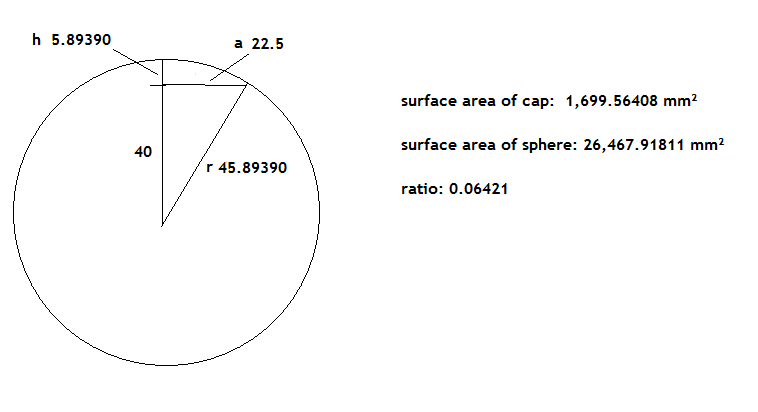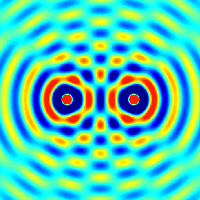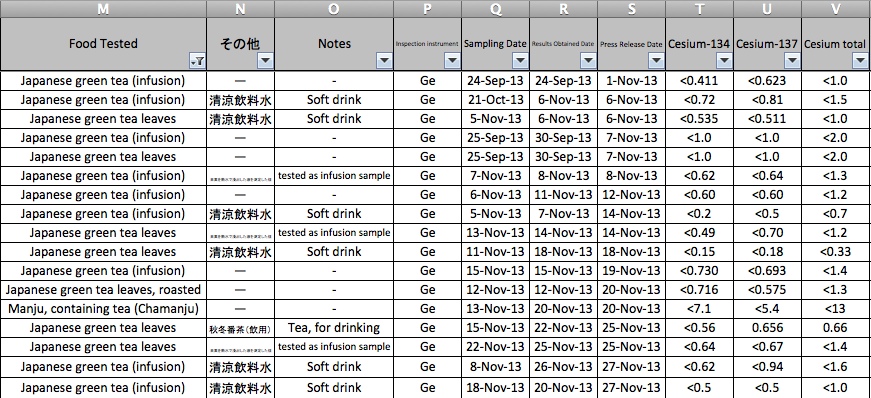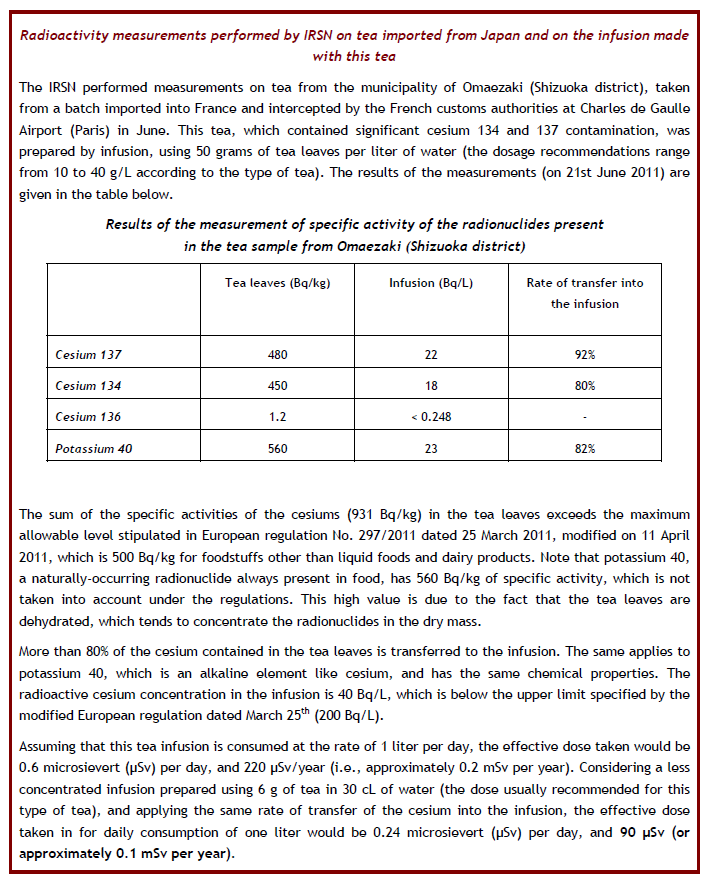Balance
Senior Member.
[Admin UPDATE Jan-18-2014]
Yuuki-Cha tea has posted certificates on their web site, which they say show all teas tested are below detectable limits of radioactive cesium and iodine. I have no reason to doubt this. I think that the teas are all perfectly safe, and the video below is irresponsible scaremongering.
http://www.yuuki-cha.com/test-results (http://archive.is/WnnZ9)
While I have no reason to doubt the levels, it is unfortunate that the certificates are not readable.
---------------------------------------------------------------------------
[Admin UPDATE: Jan-12-2014]
The videoed test is useless and misleading. Calculated using the figures in the video, the tea has about 30 Bq/Kg. By comparison a banana naturally has 130 Bq/Kq. The legal limit for tea leaves is 500 Bq/Kg. However there are really too many variable to make an accurate determination. What is missing from the video is a test of the measuring setup against a reference material, such as a banana]
---------------------------------------------------------------------------
Original post follows:
I've just been alerted to this video, could someone please decipher what it's really showing. From previous radiation debunks, I guess it's a flawed test and even if not, those readings are not a problem? Thank you.
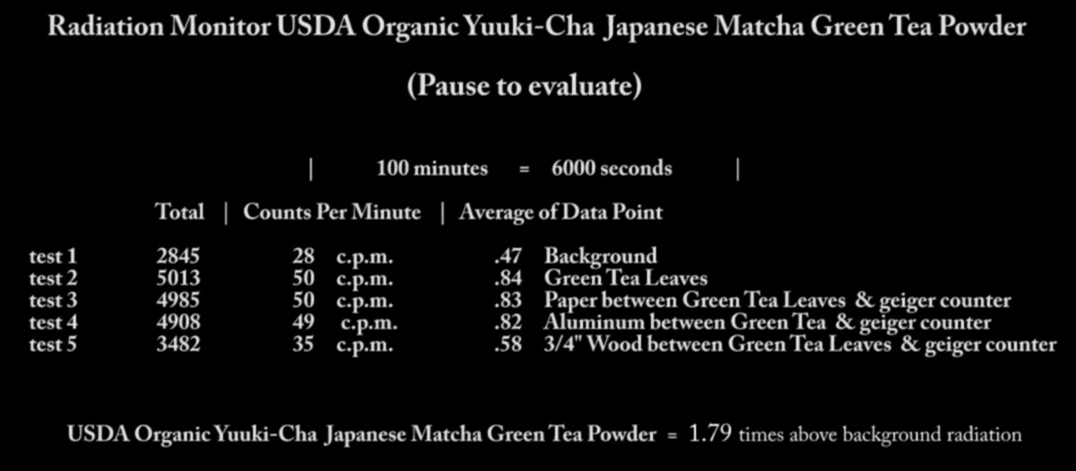
Yuuki-Cha tea has posted certificates on their web site, which they say show all teas tested are below detectable limits of radioactive cesium and iodine. I have no reason to doubt this. I think that the teas are all perfectly safe, and the video below is irresponsible scaremongering.
http://www.yuuki-cha.com/test-results (http://archive.is/WnnZ9)
While I have no reason to doubt the levels, it is unfortunate that the certificates are not readable.
---------------------------------------------------------------------------
[Admin UPDATE: Jan-12-2014]
The videoed test is useless and misleading. Calculated using the figures in the video, the tea has about 30 Bq/Kg. By comparison a banana naturally has 130 Bq/Kq. The legal limit for tea leaves is 500 Bq/Kg. However there are really too many variable to make an accurate determination. What is missing from the video is a test of the measuring setup against a reference material, such as a banana]
---------------------------------------------------------------------------
Original post follows:
I've just been alerted to this video, could someone please decipher what it's really showing. From previous radiation debunks, I guess it's a flawed test and even if not, those readings are not a problem? Thank you.

Last edited by a moderator:

